
The Japanese covered bridge: a timeless symbol of the Hoi An old town
- on Sep 12, 2019 By: Ngoc Nguyen
The most emblematic symbol in Hoi An is the Japanese covered bridge. It is the meeting point between history and the present and is a must see while in the old city. More than 400 hundred years old, it was born on the initiative of the Japanese community in Hoi An. It links Nguyen Thi Minh Khai and Tran Phu streets and straddles the Hoai River which is a branch of the Thu Bon River. This is truly a beautiful place in the heart of these houses with their traditional yellow walls.
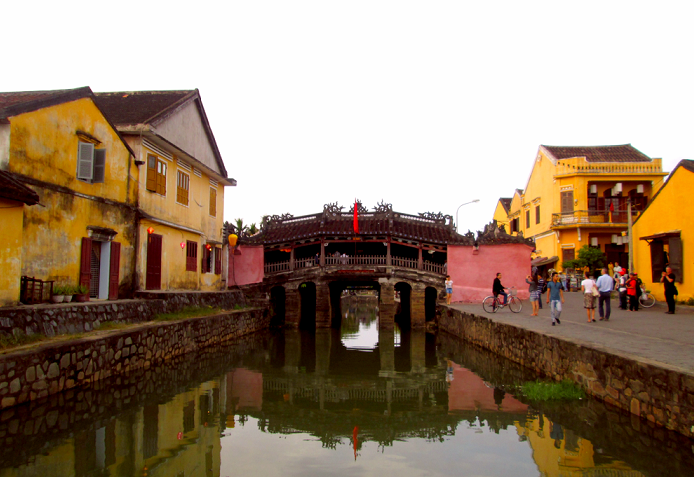
Important dates of the Japanese covered bridge
The bridge has experienced at least six restorations and the current look has its origin in the editions between the 18th and 19th century. Furthermore, the ceramic ornamentation represents the architectural features of the Nguyen dynasty.
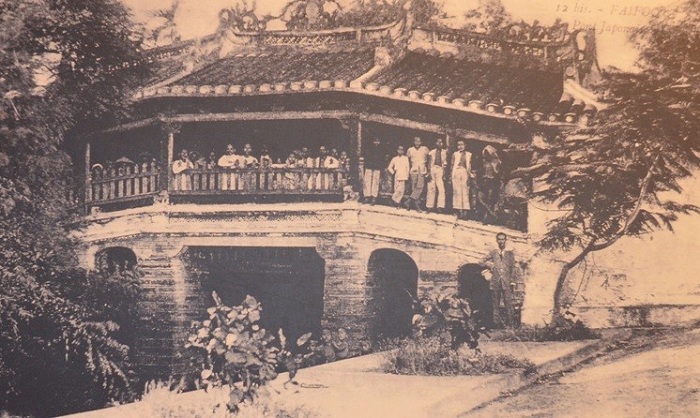
The bridge at the beginning of the 20th century.
From a legendary story
The legend tells that a sea monster named Namazu (also called Cu) has its head in India, its body in Vietnam and its mouth in the Land of the Rising sun. Since the beast is believed to cause floods and earthquakes, the bridge, like an imaginary sword is built to tame the monster and avoid disasters.
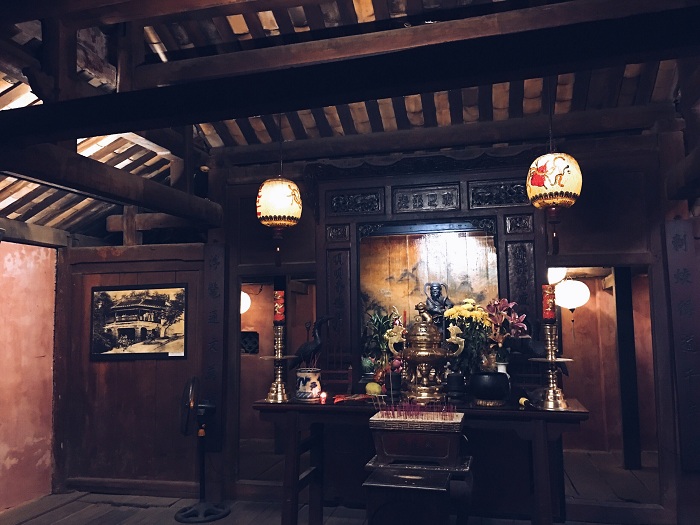
The pagoda we find there is dedicated to Bac De Tran Vo, protective genius revered by the inhabitants to wish peace and happiness.
A unique architectural monument
The bridge may have been founded by the Japanese but the architecture is traditionally Vietnamese. At eighteen meters long the bridge has the distinction of being erected entirely in wood and covered with a roof of concave and convex ceramic tiles.
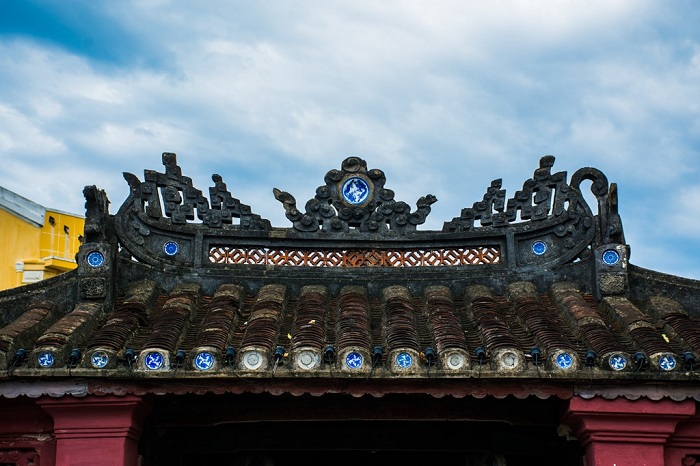
The bridge has a rather unique roof, in the middle is a walkway and the two sides have a narrow corridor which make a resting place with seven wooden compartments. Built primarily from lacquered wood, the entire bridge is rich in details intricately carved in traditional style. While walking across the bridge, one can witness the Japanese details and traditional patterns of the culturally important image of the dragon.
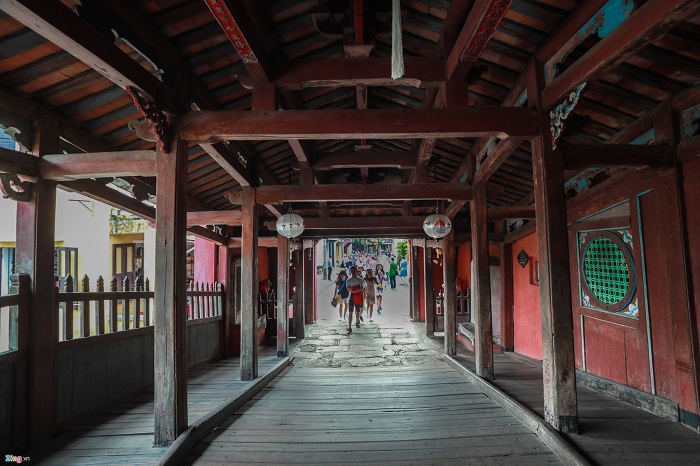
At each end of the bridge stand two wooden statues. Dogs are on one side and monkeys on the other. These animals are revered in Japanese belief. According to another story, the construction of the bridge began in the year of the Monkey and ended in the year of the Dog.
As a witness to the old days of Hoi An as a bustling trading port, the Japanese covered bridge is loved by all generations of people in Hoi An. It travels everywhere with its picture featured on the VND 20.000 bill. This bridge still is a sacred place which inspires serenity and peace in each visitor that comes here.
Related articles:
>> Hoi An: A timeless town in the heart of Central Vietnam
>> Cooking class in Hoi An: an indispensable activity when traveling to Vietnam
>> Hoi An night markets: a must-see in the old city
>> Chaozhou Hall: A place to visit in Hoi An
>> Lantern making in Hoi An: a preserved tradition in this charming city
Comment
Other Blog
Categories
Latest News
on 31 Dec, 2025
on 31 Dec, 2025
 Español
Español Français
Français






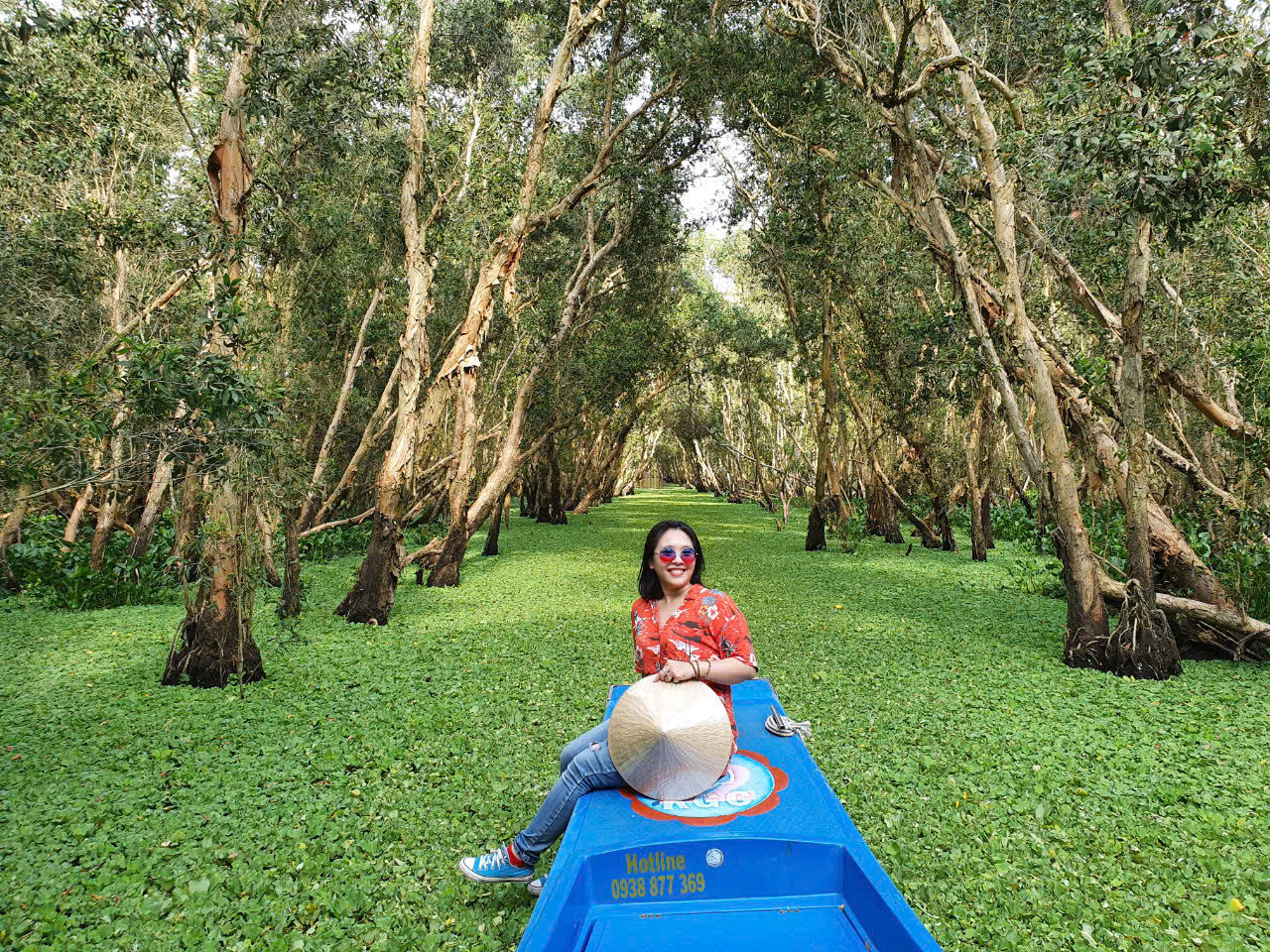
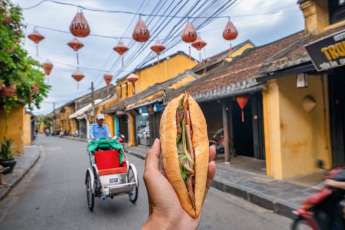


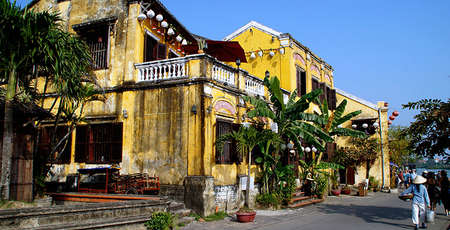

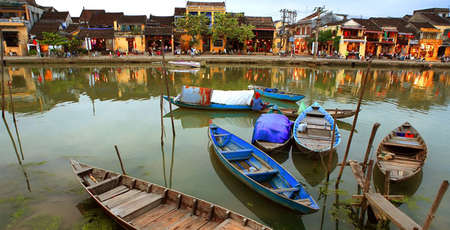







Morgane Ter Cock
on Dec 18, 2025HerbertPhomaMS
on Oct 19, 2025Lilyan Cuttler
on Oct 15, 2025Avenue17XC
on Sep 14, 2025Avenue18JL
on Jul 21, 2025